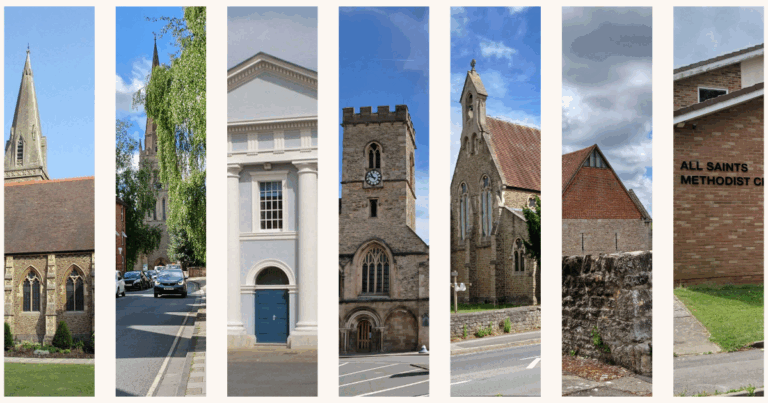
Churches
Baptist Church
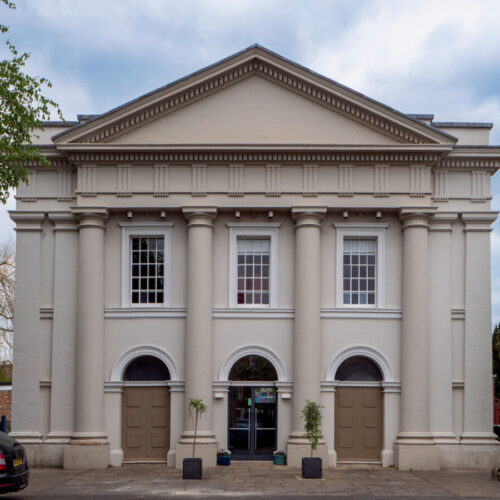
© John Ward
Built in 1841, and set back from what is a continuously busy road, Abingdon Baptist Church presents as a building of classical design, with a portico of four rounded columns, and squared-off pilasters at each side.
Trinity Methodist Church, Conduit Road
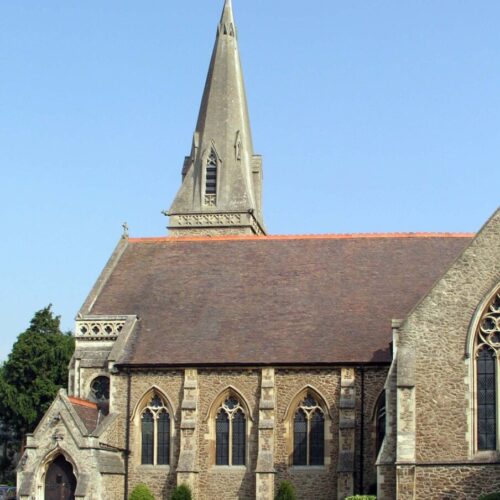
© John Ward
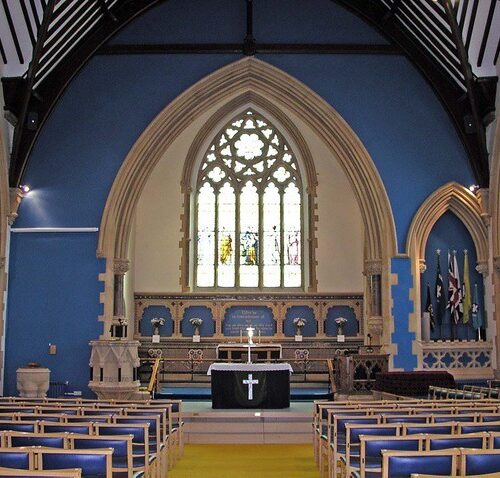
Today Trinity Methodist Church serves a combined congregation of the Methodist and United Reformed Churches, but it was originally built in 1875 as a Wesleyan Methodist chapel. Built of Corallian sandstone, it has a tall steeple and geometric tracery, with stained glass (1906) that BoE suggests is based on Reynolds’ Virtues in New College Chapel. Trinity Methodist celebrates its 150th anniversary this year, and there will be a special exhibition for Heritage Open Day and Ride and Stride.
St Helen’s Church
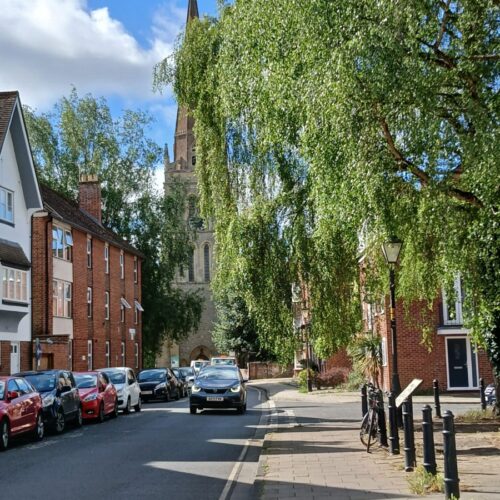
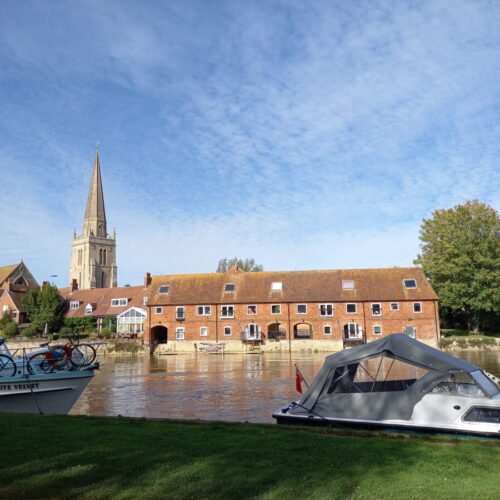
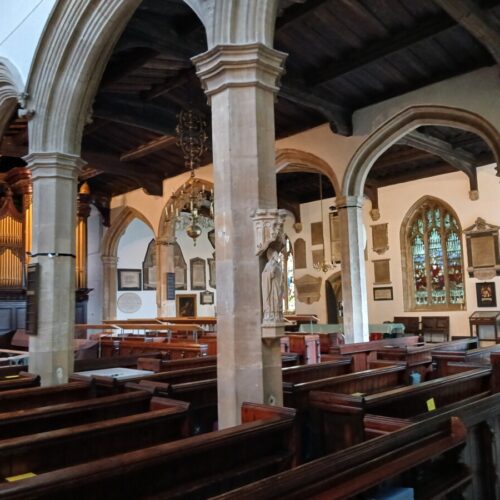
Today stepping into the church you are conscious of its width, since donors added to it by building aisles. Standing just in the north aisle, you look across the church through a forest of pillars.
The addition, originating in the mid thirteenth century, was the Lady Chapel built by the Guild of Our Lady. Today it houses one of the great treasures of St Helen’s, a painted ceiling of the late fourteenth century. Its 52 panels are a representation of the Tree of Jesse, depicting figures from the genealogy of Jesus.

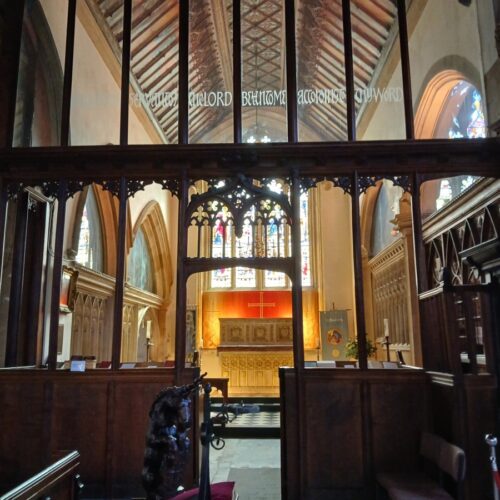
The painted ceiling is a glory (and perhaps unique), but as with so many of our churches you will find echoes from every century. Thus the pulpit is seventeenth-century, but the chancel was fitted out in Woodyer’s remodelling of 1873. And a twenty-first-century reordering has added a nave altar of white oak.
As a town church, St Helen’s naturally has memorials to key figures in the town, and some of them are striking. Elizabeth Hawkins was memorialized in 1782 by a monument that shows her, book in hand, surrounded by her family in Roman dress. A memorial to Dr John Crossley (d. 1753), by Nollekens, has an urn with a distinctly grumpy cherub. This is a church that repays time spent in it.
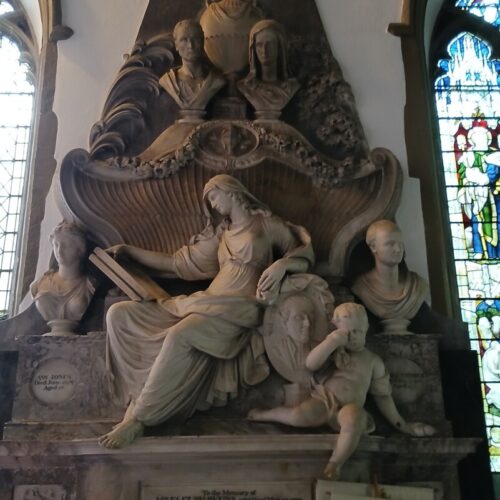
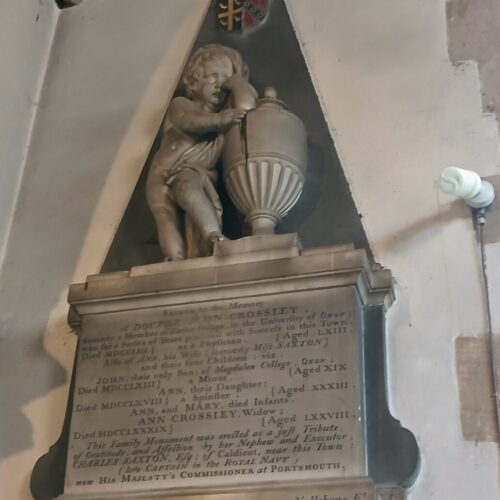
St Nicolas, Market Place

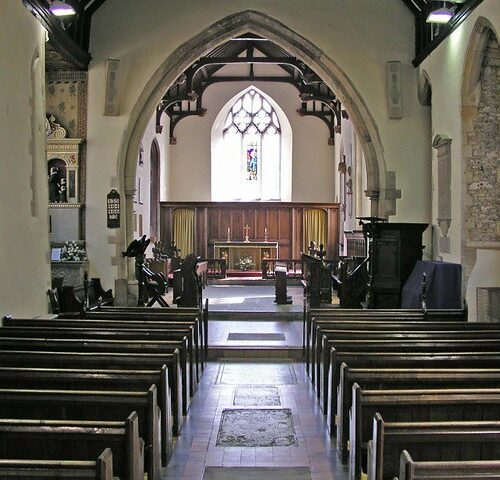
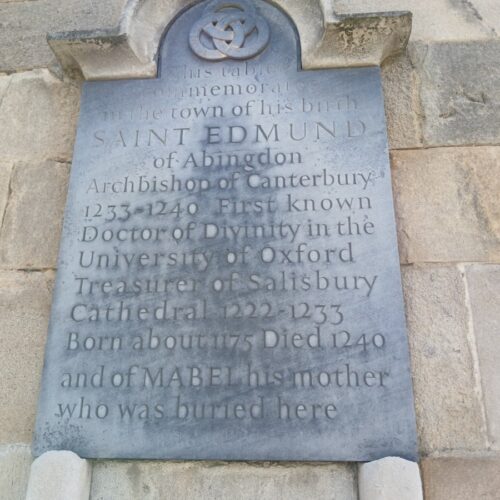
The west front also has a memorial tablet (of 1964) to one of Abingdon’s most famous sons. St Edmund of Abingdon was Archbishop of Canterbury between 1222 and 1233, and was also according to the tablet ‘First known Doctor of Divinity in the University of Oxford’. Born about 1175, he died in 1240. His mother, Mabel, had apparently been buried in St Nicolas.
Our Lady and St Edmund (RC)
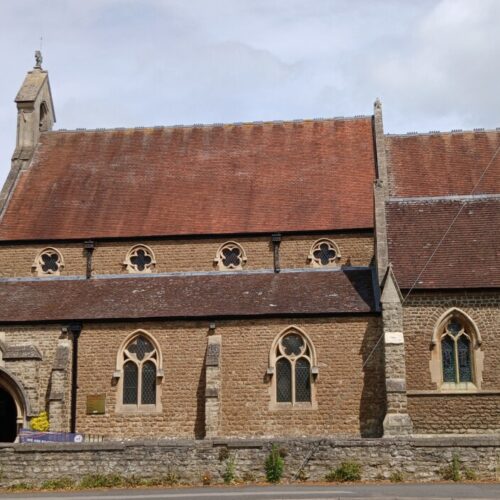
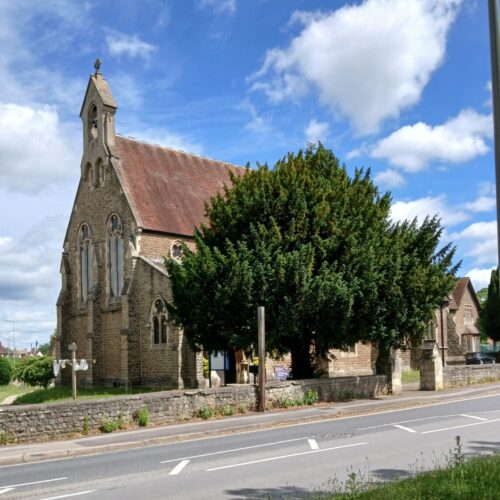
The Roman Catholic church dedicated to the Virgin Mary and St Edmund of Abingdon was completed in 1865. Sir George Bowyer, a local landowner who had converted to Roman Catholicism in 1850, was a significant figure in its foundation, and his name is one of those inscribed on pillars on the north side of the church—others include the St Birinus, ‘Apostle of Wessex’ and first Bishop of Dorchester, and the martyr Edmund Campion. The inscription commemorating Sir George describes him as ‘Founder of St Edmund’s church and school Abingdon’. There is a section in the east window which shows him presenting a model of the church.
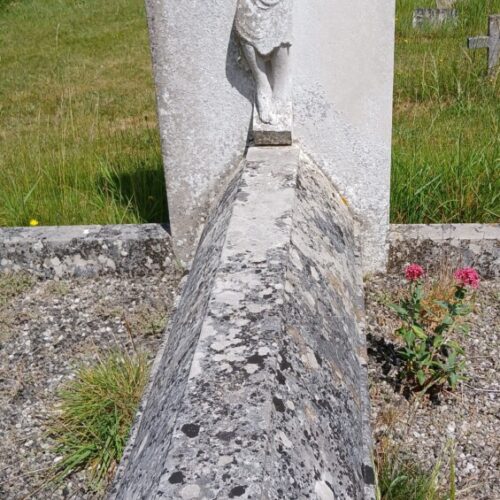
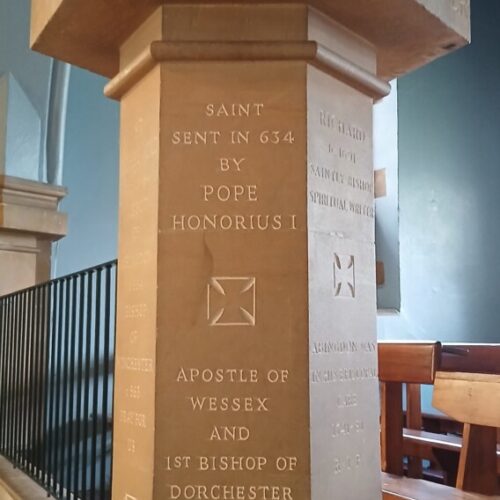
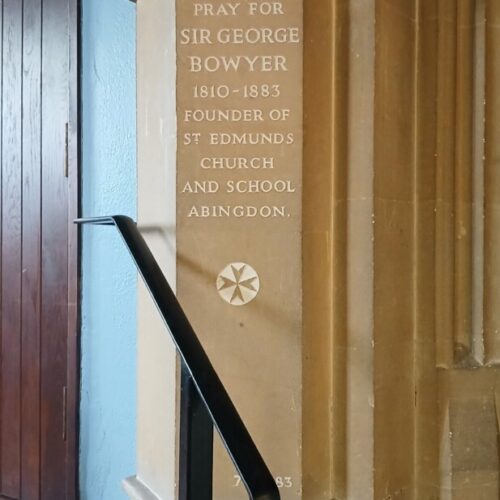
The church sits in the angle made by the junction of Oxford Road and Radley Road, with the churchyard, sheltered by a wall, dividing it from the presbytery. One of the graves, that of the seventh Lord Abingdon (d. 1928), has an Eric Gill carving on its headstone.
Christ Church, Northcourt Road
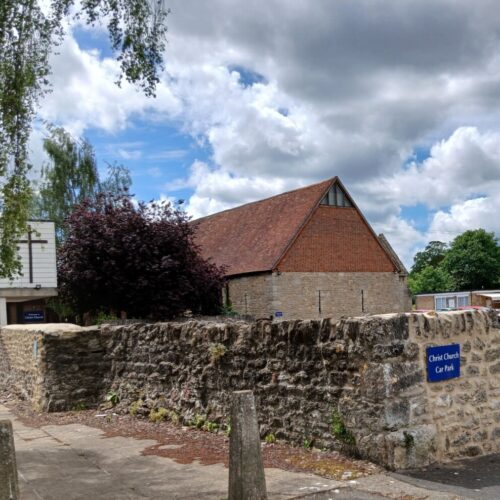
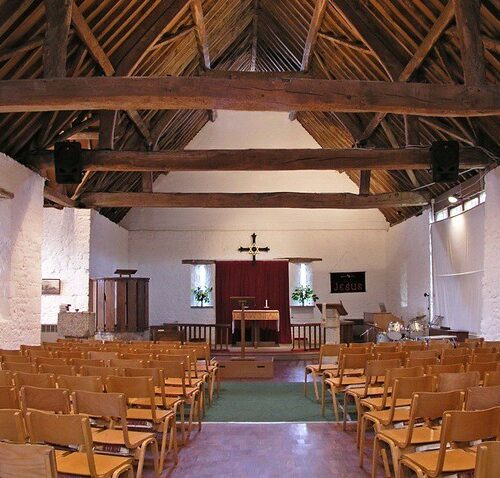
A modern church with older roots, Christ Church was converted in 1960-1 from what was once a barn belonging to Northcourt Farm—which in turn, was once owned by the Abbey of Abingdon. The barn is thought to go back to the thirteenth century, although since the church was founded it has been further extended with such additions as a hall and vestibule.
All Saints, Methodist, Appleford Drive
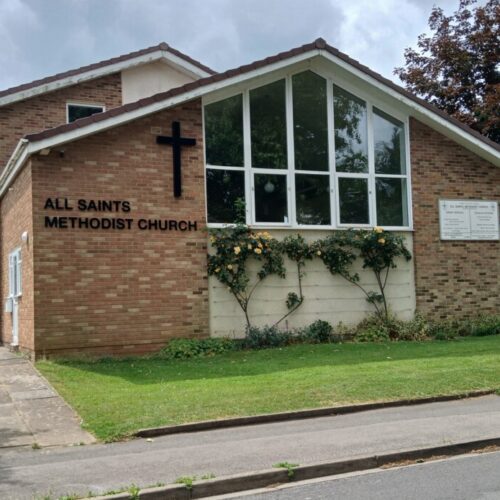
A twentieth-century church built in 1959, sited on the corner of Appleford Drive and Dorchester Crescent.
By Elizabeth Knowles
About the Author

Elizabeth Knowles is a renowned library researcher and historical lexicographer who devoted three decades of her career to Oxford University Press. Her time at OUP began with contributions to the OED Supplement and the New Shorter Oxford English Dictionary. Subsequently, she spearheaded the Quotations publishing program, solidifying her reputation as a leading expert in quotations and lexicography.
In 1999, Knowles assumed the prestigious role of Editor of the Oxford Dictionary of Quotations, a position she held continuously until her retirement from OUP in 2007. Under her editorial guidance, the eighth edition was published in 2014, marking a significant milestone in the dictionary’s history.
Knowles is a prolific writer and lecturer on the history of quotations and dictionaries. She has shared her extensive knowledge with both academic and general audiences, significantly enhancing our understanding of the role of quotations in language.
Beyond her work on the Oxford Dictionary of Quotations, Knowles is also the editor of “What They Didn’t Say: A Book of Misquotations” (2006) and “How To Read a Word” (2010). Her work continues to inspire and inform scholars, writers, and readers fascinated by the English language.
All photographs © Elizabeth Knowles unless otherwise noted
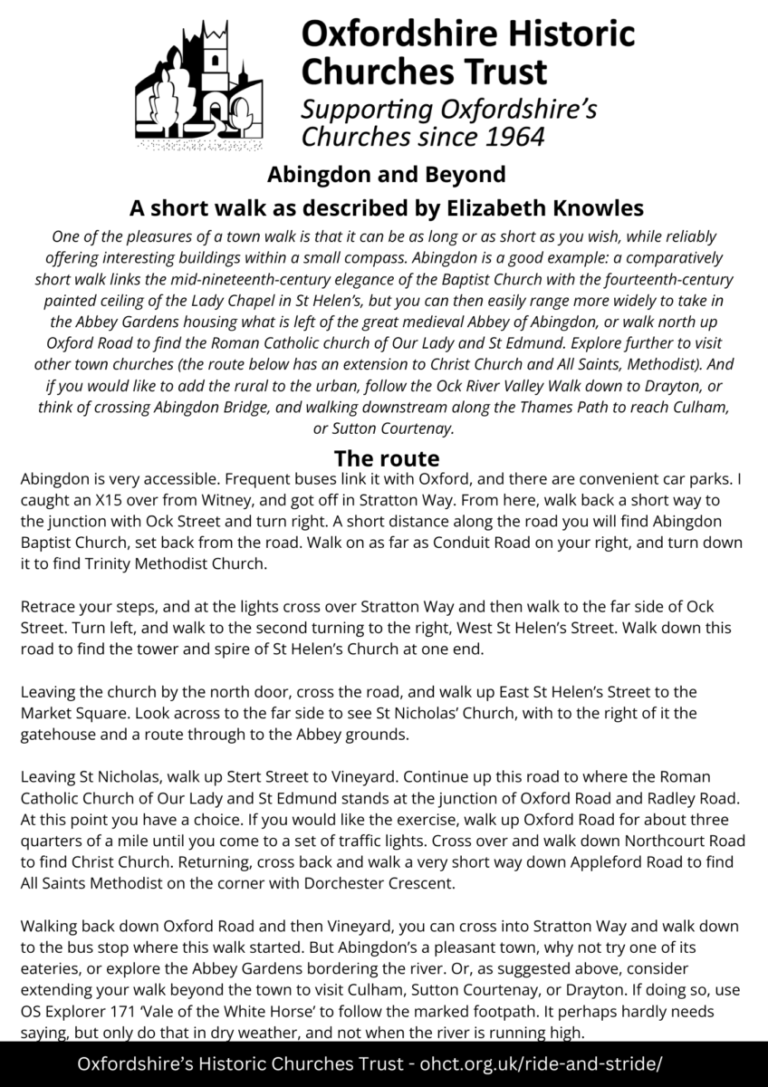
Churches visited on this route